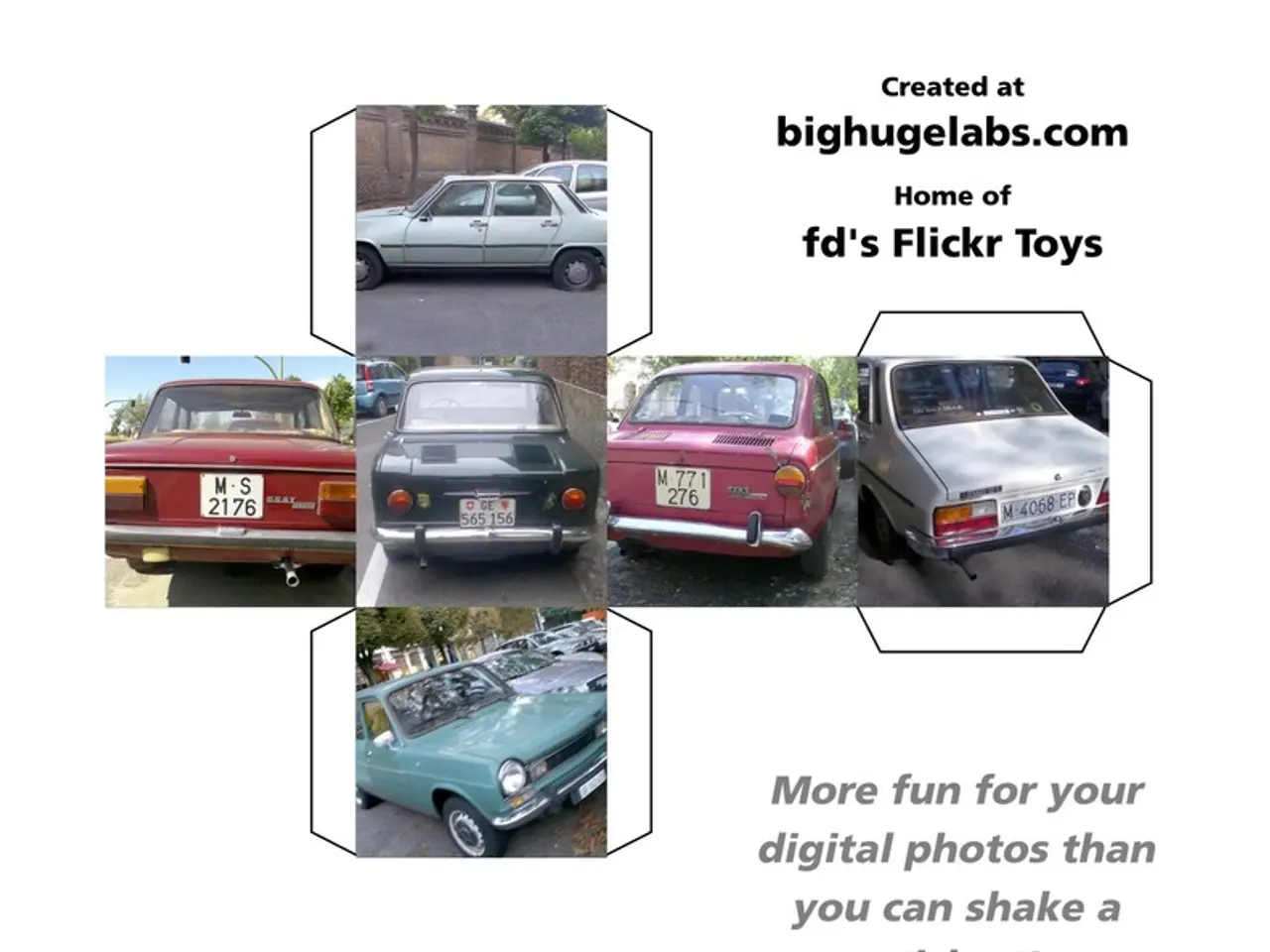Does the claimed driving range of your electric vehicle correspond with its actual performance on the road?
Electric Vehicles' Real-World Ranges Fall Short of Manufacturers' Claims, According to AAA
A new independent testing program by the Australian Automobile Association (AAA) has revealed that the real-world driving ranges for electric vehicles (EVs) in Australia are typically lower than manufacturers' claims by 5% to 23%.
The AAA's Real-World Testing Program, which began in 2025, analyzed five popular EV models on a 93km test loop including urban, rural, and highway driving around Geelong, Victoria. The tested models included the BYD Atto 3, Tesla Model 3, Tesla Model Y, Kia EV6, and Smart #3.
Here's how the tested EVs stacked up against their claimed ranges:
| EV Model | Claimed Range (Lab) | Real-World Range | Difference | |----------------|---------------------|------------------|-----------------| | BYD Atto 3 | 480 km (NEDC) | 369 km | -23% | | Tesla Model 3 | 513 km | 441 km | -14% | | Tesla Model Y | 533 km | 490 km | -8% | | Kia EV6 | 528 km | 484 km | -8% | | Smart #3 | 455 km | 432 km | -5% |
The BYD Atto 3 showed the largest shortfall in range compared to its official claim, while the Smart #3 was closest to matching its advertised distance. The Tesla Model Y had the furthest driving range of the tested vehicles, with a real-world result of 490km.
The official ranges are often based on laboratory testing cycles such as the NEDC, which tends to overestimate real driving range because it emphasizes urban driving and does not fully replicate real-world conditions like highway speeds, terrain, climate, and accessory use. The newer WLTP standard, more common in Europe, generally yields figures closer to real-world performance but was not the basis for some of these claims.
The testing was conducted under controlled but realistic conditions, with repeatable procedures including energy consumption measurement and charging assessments, providing a reliable indication of what consumers can expect when driving these EVs in Australia.
The creation of the AAA Real-World Testing Program followed the Volkswagen scandal of 2015, and it aims to help consumers understand which new market entrants measure up on battery range. The Program is funded by the Commonwealth with bipartisan support and is expected to bring confidence to Australian fleets and families looking to buy an EV.
Independent, real-world data becomes increasingly important as pressure mounts on carmakers to reduce fuel consumption and emissions from their new vehicles. The AAA has tested fuel consumption and emissions performance for conventionally powered vehicles in the past, and the Real-World Testing Program is an extension of this commitment to transparency and consumer protection.
- The real-world driving ranges for electric vehicles (EVs) in Australia, as revealed by the AAA's Real-World Testing Program, often fall short of the manufacturers' claims.
- The AAA tested five popular EV models in a 93km test loop, including the Tesla Model Y, which had the furthest driving range of the tested vehicles with a real-world result of 490km.
- The independent testing program, which began in 2025, analyzed models such as the BYD Atto 3 and Smart #3, with the latter being closest to matching its advertised driving distance.
- As pressure mounts on carmakers to reduce emissions, the AAA's Real-World Testing Program aims to help consumers understand the battery range of new market entrants by providing reliable, real-world data.




